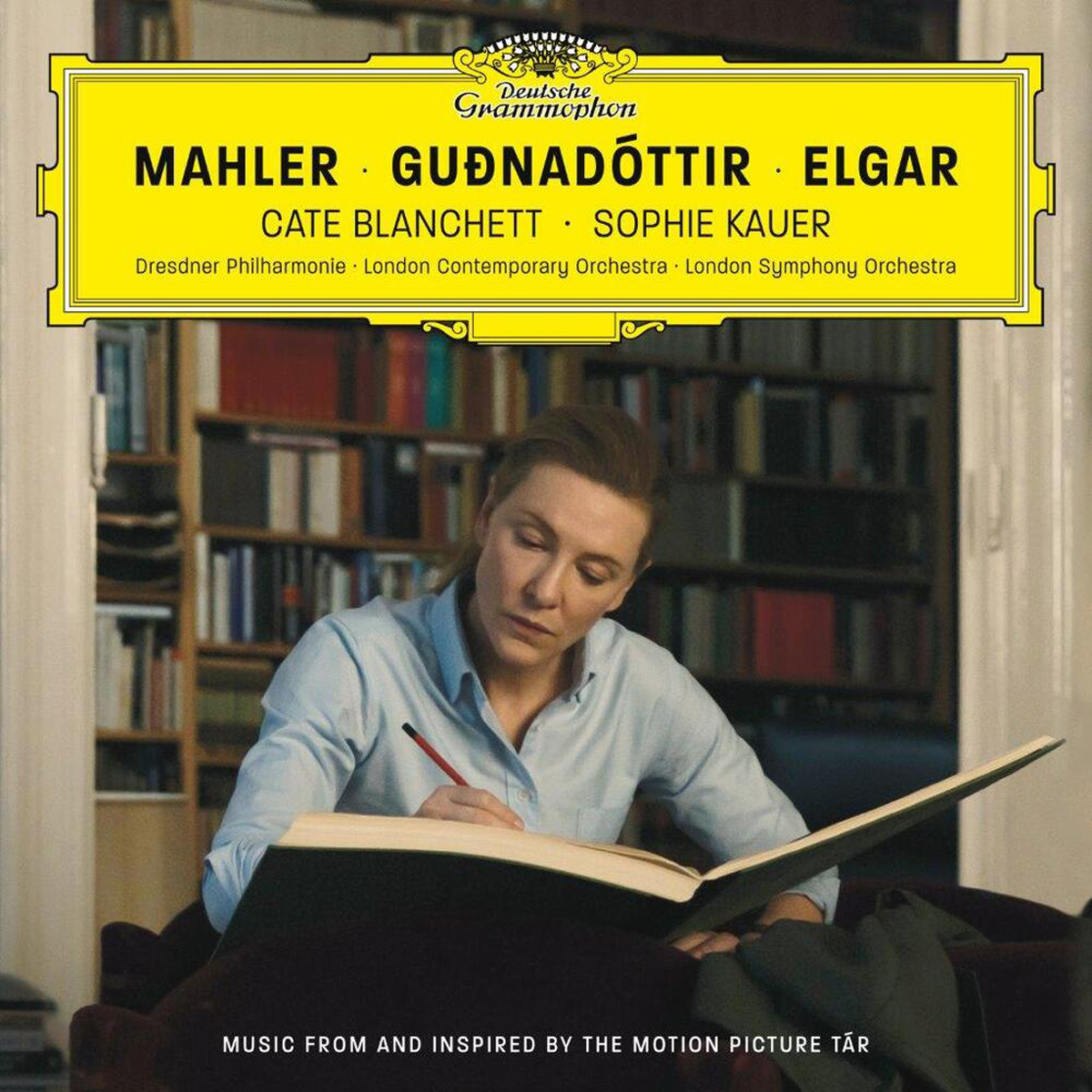Mahler's 5th - the secret destroyer in "Decision to Leave" and "Tár"
 Saturday, November 12, 2022 at 12:00PM
Saturday, November 12, 2022 at 12:00PM by Lynn Lee

Mahler’s Fifth Symphony is enjoying a bit of a renaissance these days, thanks to its prominent placement in not just one but two of the most fascinating films of the year, Park Chan-wook’s Decision to Leave and Todd Field’s Tár. Not that it’s ever really been out of the public eye. It’s been a staple of classical orchestras for decades, and its fourth movement – the dreamily romantic Adagietto, which cinephiles may recognize from Visconti’s Death in Venice – long ago reached a degree of mainstream popularity rarely accorded classical works.
Just because it’s a war horse, though, doesn’t mean it can’t be used in constantly different and surprising ways. The Fifth – like all of Mahler’s symphonies, but perhaps even more so – contains multitudes...
It whipsaws between funerary, frenzied, lilting, tender, and triumphant, often within the space of the same movement. It gestures towards existential chaos, even total breakdown, one minute, and the sublime the next. Yet for all its epic tonal swings, it’s a carefully, even meticulously constructed work. As such, it’s the perfect musical signature for both Decision to Leave and Tár.
It also reveals a deeper consonance between the two films’ protagonists. At first glance they seem to occupy completely different worlds: one’s a police detective in Busan, the other a world-famous globe-trotting conductor of the Berlin Phil. Both, however, are wholly defined by mastery of their profession – so much so that when they lose that defining trait, their entire identity collapses. That they largely bring the collapse on themselves only makes it even more painful. And in both cases, Mahler scores – and underscores – their unraveling.

*** MAJOR SPOILERS FOR BOTH DECISION TO LEAVE AND TÁR. PLEASE SEE THE MOVIES BEFORE READING***
In Decision to Leave, Mahler’s Fifth is used right from the get-go to ironic, even perverse effect. Its first association is with a murder victim, an avid rock climber found at the foot of a cliff he scaled regularly. In addition to climbing, he loved listening to Mahler’s Fifth and abusing his beautiful, much younger Chinese wife Seo-rae (Tang Wei), with whom the lead detective on the case, Hae-jun (Park Hae-il), develops Vertigo levels of obsession. Hae-jun eventually clears Seo-rae of suspicion based on her alibi and apparent evidence of her husband’s suicide, only to later deduce that she manufactured both the alibi and the evidence.
The sequence in which Hae-jun reconstructs the murder plays out against – what else – Mahler’s Fifth, which turns out to have a key role in Seo-rae’s plotting.
Not just any part of the symphony, either: the Adagietto, which Mahler supposedly wrote for his new wife, Alma. It seems at first like a cruel joke to have this de facto love song – all lush strings and plangent melodic lines that practically moan with romantic longing – serve as the soundtrack for the brutal offing of a man by his own wife and a detective’s crushing realization that the woman he staked his heart and reputation on is a cold-blooded murderer and manipulative liar.
But in these moments, the Adagietto also becomes the musical expression of Hae-jun’s heart breaking and – as we’ll discover later – the beginning of Seo-rae’s reciprocal, equally self-destructive fixation on him. It’s a sick, twisted, and devilishly effective hat tip to Death in Venice, which centered on a similarly doomed erotic obsession. And somehow it works.
Tár, like Death in Venice, is about a fictional composer-conductor, although Field’s use of Mahler is more elliptical than Visconti’s and Park’s. The Fifth represents the summit of Lydia Tár’s conducting career, the final cliff (in her case metaphorical) for her to scale. Yet we only hear tantalizing snatches of the symphony, even as Cate Blanchett’s seismic performance conveys the full flavor of Tár’s drive and perfectionism, her determination to get every beat exactly right. We see it in her laser-like scrutiny of the opening fanfare and her decision to move the trumpet offstage. The Adagietto gets little time in comparison, notwithstanding Tár’s glib claim that the Fifth, for her, is about “love.” If there’s a love theme at all, it’s the equally swoony, capital-R Romantic Elgar cello concerto, which for a time displaces the Mahler as Tár’s attention pivots to a captivating young cellist. (Side note: another unexpected rhyme between Tár and Decision to Leave is the intriguing point-counterpoint each film sets up between the Mahler and a second musical motif – the Elgar in Tár, “The Mist,” a Korean pop song from a bygone era, in Decision to Leave.)
In the end, though, the focus pulls back – as it must – to the Mahler. And if you thought its use in Decision to Leave was a doozy, that’s nothing compared to the cosmic irony of its final appearance in Tár. The grand live performance. The trumpet soloist in the wings, as planned. Not planned: a displaced, disgraced Tár standing next to him – until she literally storms on stage during the opening bars and attempts to wrest the podium away from her replacement. YMMV on that scene; I personally found it laugh-out-loud hilarious and fittingly tragic. It’s simultaneously the ultimate indignity for Tár – the moment that was supposed to be the capstone of her career instead becomes its punch line – and the worst case of musical coitus interruptus ever. Like Tár, we, the audience, were implicitly promised a titanic, transcendent Mahler performance we never get.
What we get instead is a total stripping away of everything that made Tár “Tár,” leaving the question of what remains. While Decision to Leave leaves no doubt its main character is completely gutted, Tár is more ambiguous, perhaps because it never assumes she had a true core to begin with. The head-scratcher of an ending offers a hint of hope that she does, and that it can sustain her even in obscurity, though it’s counterbalanced by more than a hint of dark comedy – what an absurd fate if she doesn’t!
Will Lydia/Linda ever return to Mahler’s Fifth? Unlikely. Will she be able to let go of it? Also pretty darn unlikely – and that’s as it should be. Ultimately, in both Decision to Leave and Tár, Mahler’s Fifth embodies obsession with the unattainable. I think Mahler himself would have approved.
BONUS VIDEO: For those new to Mahler 5 or who felt musically blue-balled by Tár, here’s footage of Leonard Bernstein (Tár’s mentor) conducting the whole thing
 Decision To Leave,
Decision To Leave,  Sound,
Sound,  Soundtrack,
Soundtrack,  Tár,
Tár,  composers
composers 

